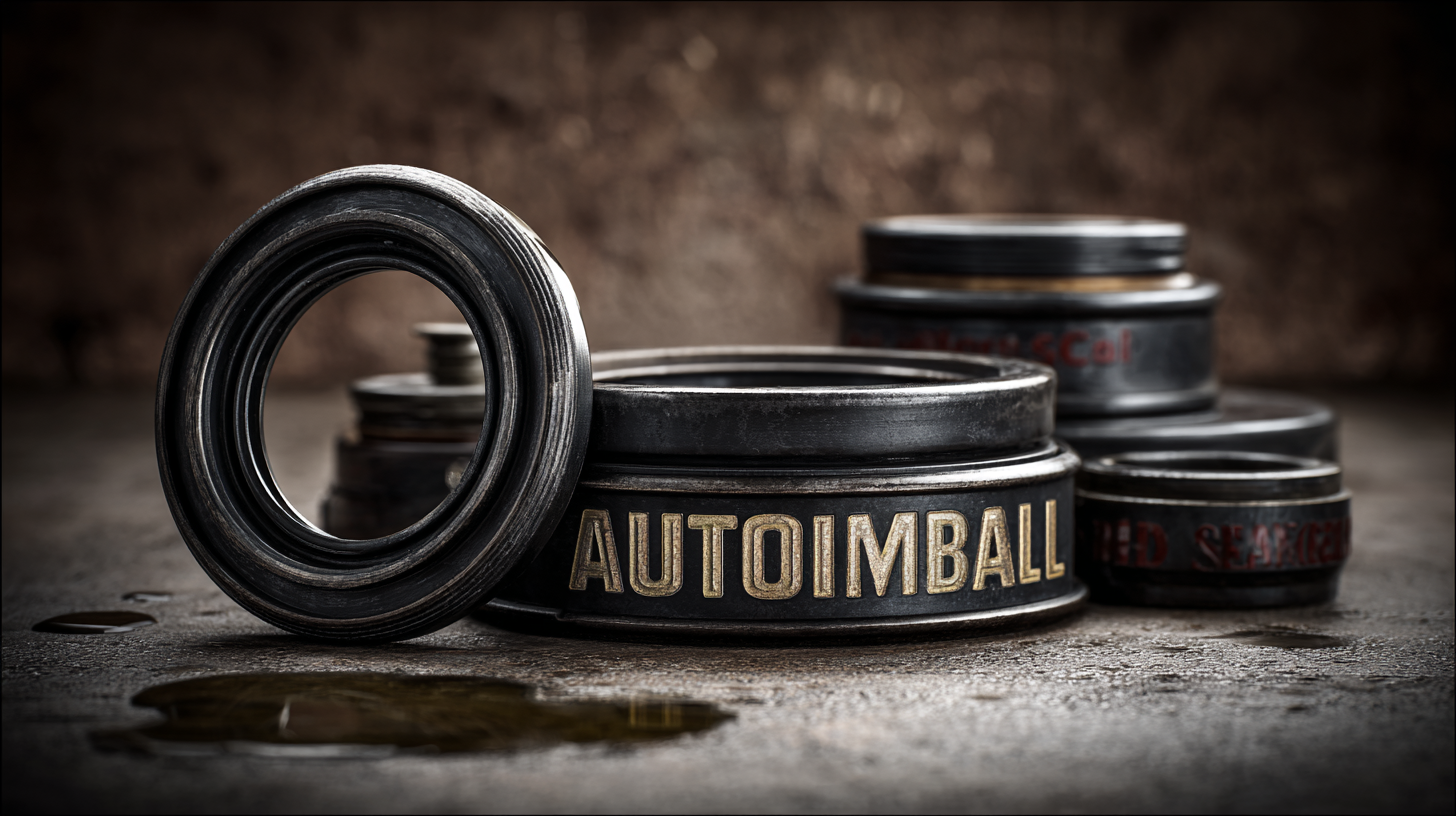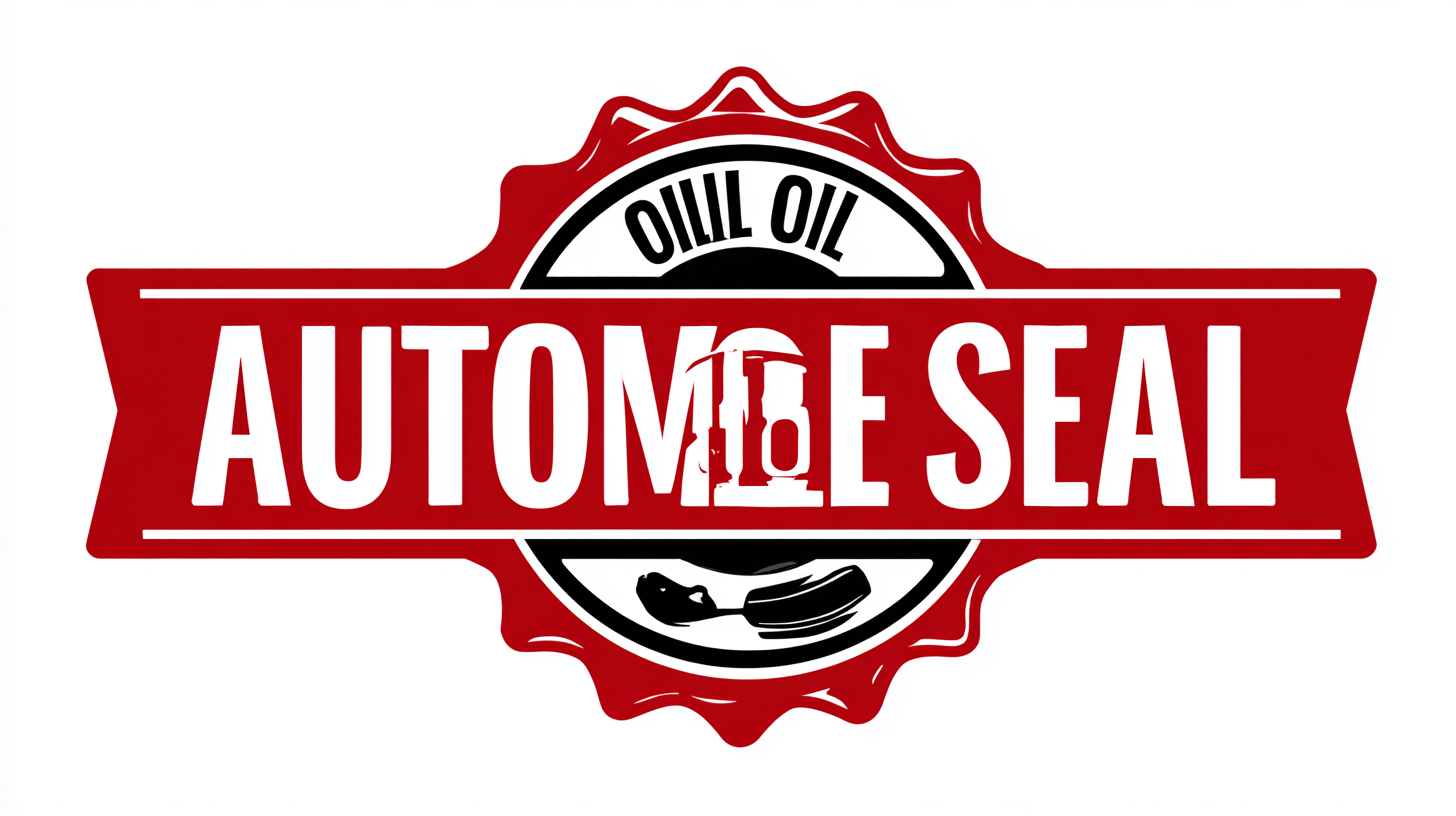Essential Checklist for Choosing the Best Automobile Oil Seal: A Guide for Industry Professionals
In the ever-evolving landscape of automotive technology, the choice of components plays a crucial role in ensuring vehicle performance and reliability. One such critical element is the Automobile Oil Seal, which not only prevents fluid leaks but also enhances the overall durability of the engine.
According to a 2023 report from the Global Automotive Components Market, the demand for high-quality oil seals is projected to grow at a compound annual growth rate (CAGR) of 4.5% through 2028, driven by advancements in vehicle design and an increasing focus on sustainability.
As industry professionals navigate this growth, understanding the essential factors in selecting the best oil seals becomes paramount.
This guide aims to provide a comprehensive checklist, highlighting key considerations such as materials, compatibility, and performance standards that are vital for making informed decisions in the selection of Automobile Oil Seals.
Understanding the Different Types of Automobile Oil Seals and Their Functions
When selecting the right automobile oil seals, understanding the different types and their functions is crucial for industry professionals. Oil seals serve as critical components in preventing leaks of engine oil, thus ensuring optimal engine performance and longevity. Common types include radial lip seals, which provide a dynamic seal between rotating shafts and stationary parts, and positive seals, which are used to contain pressure in high-performance applications. Each type of seal plays a unique role in protecting against contaminants and maintaining lubrication, which is essential for minimizing wear and tear on engine parts.
According to industry reports, contaminants such as dirt, water, and combustion byproducts can significantly shorten engine life if not effectively sealed out. For optimal performance, professionals should consider seals made from high-quality materials that deliver effective resistance against these harmful elements.
**Tip**: When choosing oil seals, ensure compatibility with the specific fluids they will encounter to prevent degradation. It's also advisable to regularly inspect seals for wear and replace them proactively to avoid costly engine damage. By understanding the unique functions and applications of different oil seals, industry professionals can make informed decisions that enhance the reliability and efficiency of automotive systems.

Key Factors to Consider When Selecting Oil Seals for Optimal Performance
When selecting oil seals for optimal performance, several key factors must be taken into account. Firstly, the material composition of the seal significantly influences its durability and effectiveness. Common materials include rubber, polyurethane, and metal, each offering unique benefits suited to different applications. For instance, rubber seals may provide better flexibility and wear resistance in dynamic conditions, while metal seals excel in high-temperature environments. Understanding the operational conditions will guide professionals in making an informed decision about the appropriate material.
Another critical consideration is the seal's design and size. The dimensions must perfectly match the machinery’s specifications to prevent leakage and ensure a proper fit. Misalignment or incorrect sizing can lead to premature failure of the seal, ultimately resulting in costly repairs and downtime. Furthermore, the design features, such as lip configuration and spring arrangements, can enhance sealing performance by improving the contact area and stability under varying pressures. Therefore, industry professionals should meticulously assess both the physical attributes and the application requirements to select the best oil seal that will deliver reliable and efficient performance.

Material Selection: Choosing the Right Composition for Durability and Efficiency
When it comes to selecting the best automobile oil seal, material selection is critical for ensuring both durability and efficiency. Different compositions provide varying levels of resistance to temperature, pressure, and chemical exposure, which are crucial factors in automotive applications.
For instance, nitrile rubber (NBR) is a popular choice due to its excellent resistance to oils and fuels, making it suitable for standard oil seal applications. However, for environments with higher temperatures or aggressive chemical exposure, materials like fluorocarbon (FKM) or silicone rubber may be more appropriate, offering superior performance and longevity.
Additionally, the specific application of the oil seal will dictate the ideal material choice. For example, seals used in heavy-duty machinery may require engineering plastics or composite materials that not only withstand lubricants but also handle increased wear and environmental stressors.
It's essential for industry professionals to assess the operating conditions and choose seals that align with both the performance requirements and longevity expectations. By emphasizing the right material composition, engineers can ensure optimal functioning of components and minimize maintenance costs over time.
Common Installation Mistakes to Avoid When Working with Oil Seals
When working with oil seals, avoiding common installation mistakes is crucial for ensuring longevity and performance. One of the most frequent errors is failing to clean the installation area properly. Residues such as dirt, old sealant, or metal shavings can compromise the integrity of the seal, leading to premature failure. Taking the time to thoroughly clean the sealing surface ensures a proper fit and optimal seal against leaks.
Another common mistake is not using the correct tools or techniques during installation. For instance, many professionals overlook the importance of using a seal installation tool designed specifically for the type of oil seal being installed. Using improper tools can cause damage to the seal lip or the casing, which can significantly decrease the seal’s effectiveness. Additionally, over-application of sealants or lubricants can create excess pressure, leading to misalignment or even tearing of the seal. Following a structured installation procedure is essential to guarantee the success of the oil seal in any application.
Common Installation Mistakes to Avoid When Working with Oil Seals
Maintenance Tips for Prolonging the Life of Automobile Oil Seals
Maintaining the longevity of automobile oil seals is crucial for vehicle performance and safety. One of the key maintenance tips is to regularly inspect the seals for signs of wear or damage. Look for any leaks, cracks, or signs of hardening, which can indicate that the seal is no longer effective. It’s also essential to ensure that the sealing surfaces are clean and free from debris before the seals are installed. Proper installation techniques can prevent premature wear and extend the life of the seals significantly.
Another important aspect of maintenance is to monitor the operating conditions of the vehicle. Extreme temperatures and aggressive fluids can degrade oil seals faster than expected. Using seals that are specifically designed for the operating environment can mitigate this risk. Regular oil changes and using high-quality lubricants can also help maintain optimal conditions that prolong the effectiveness of oil seals. By being proactive in these areas, industry professionals can ensure the reliability and durability of their automotive systems.